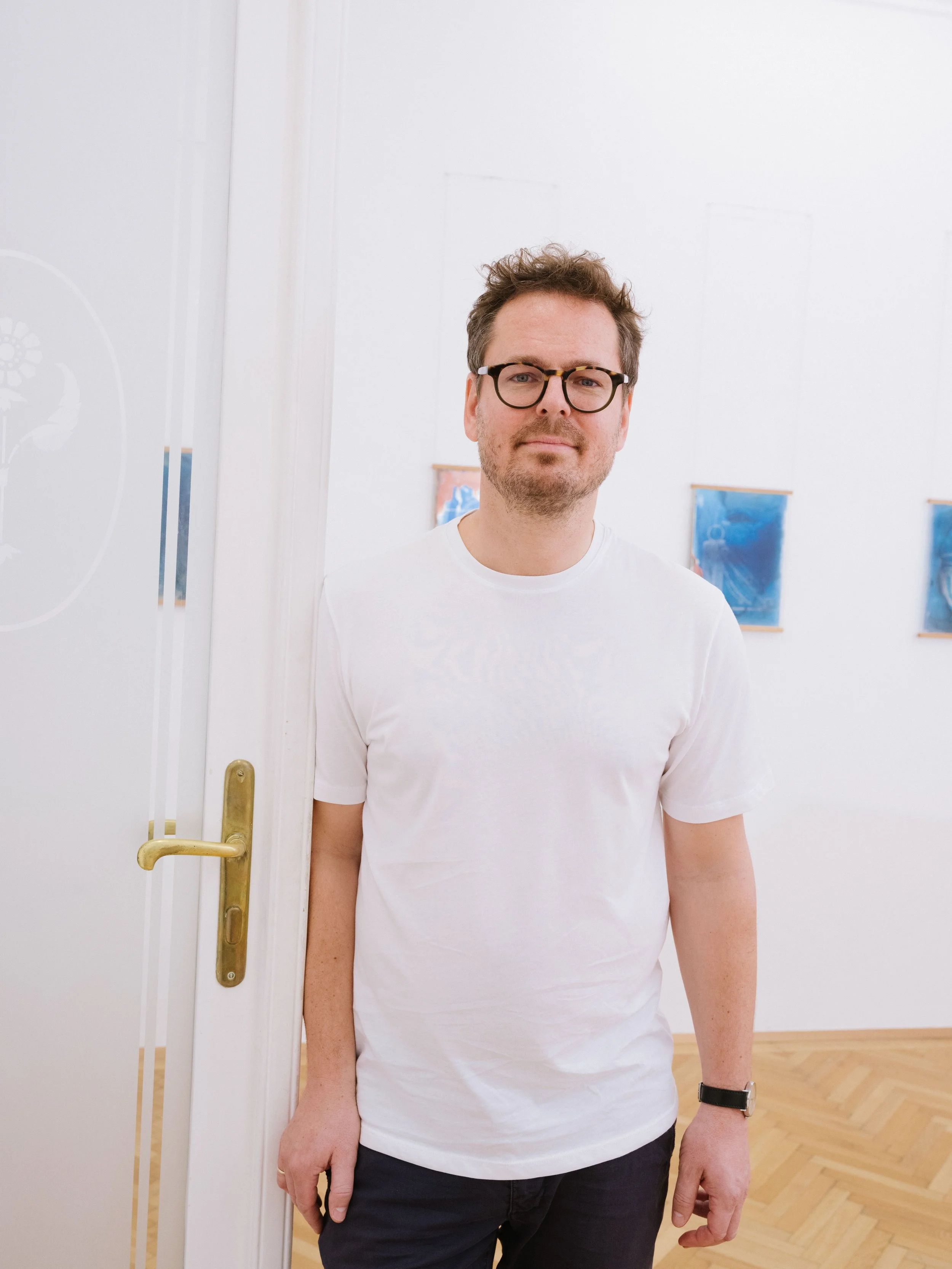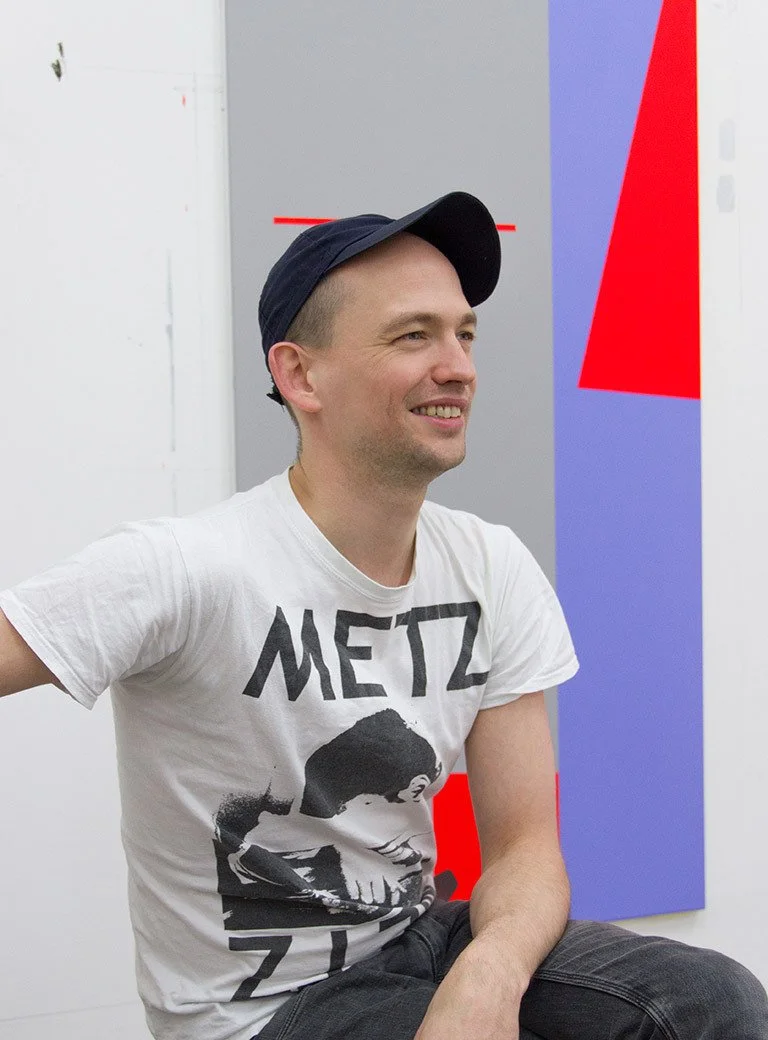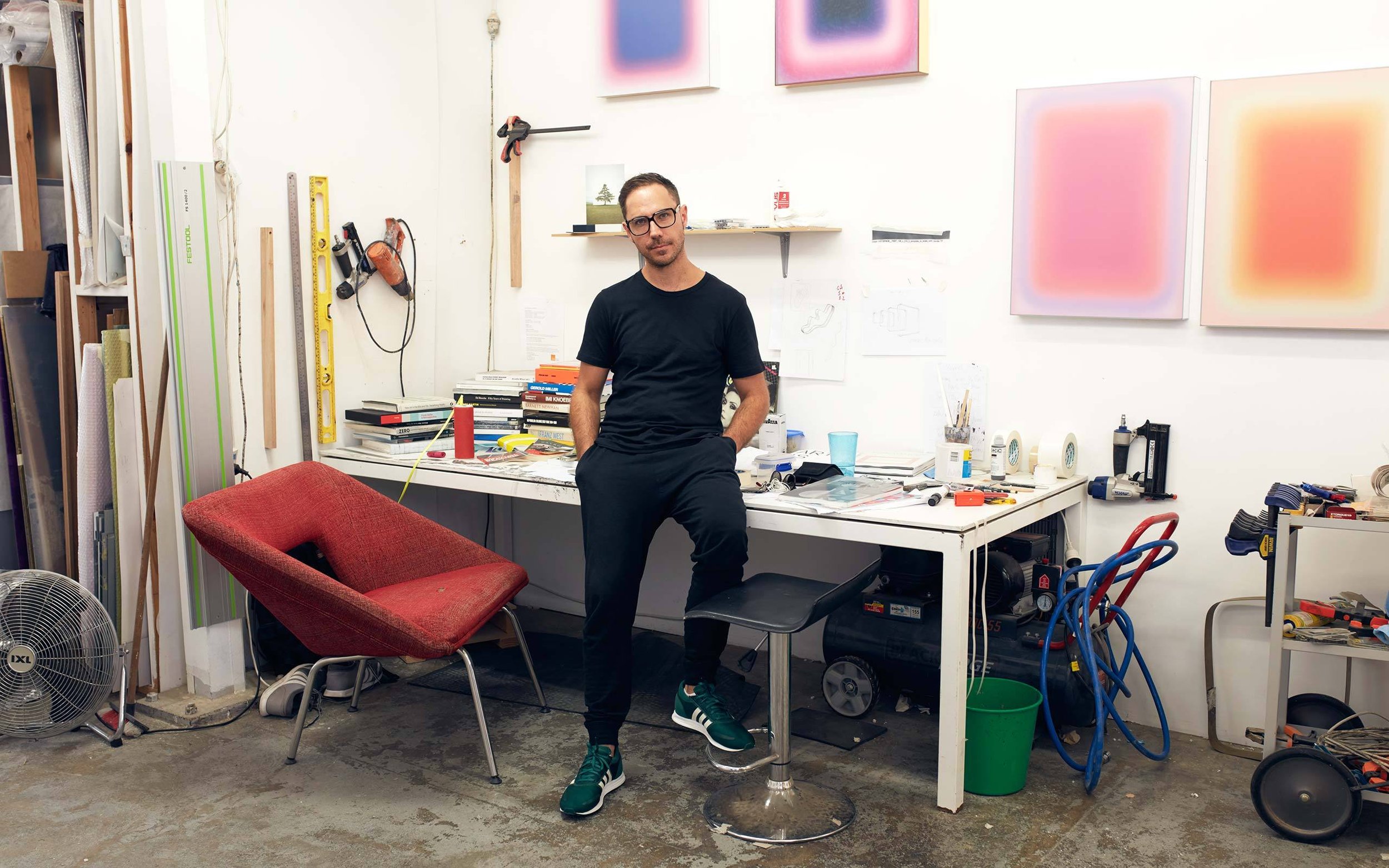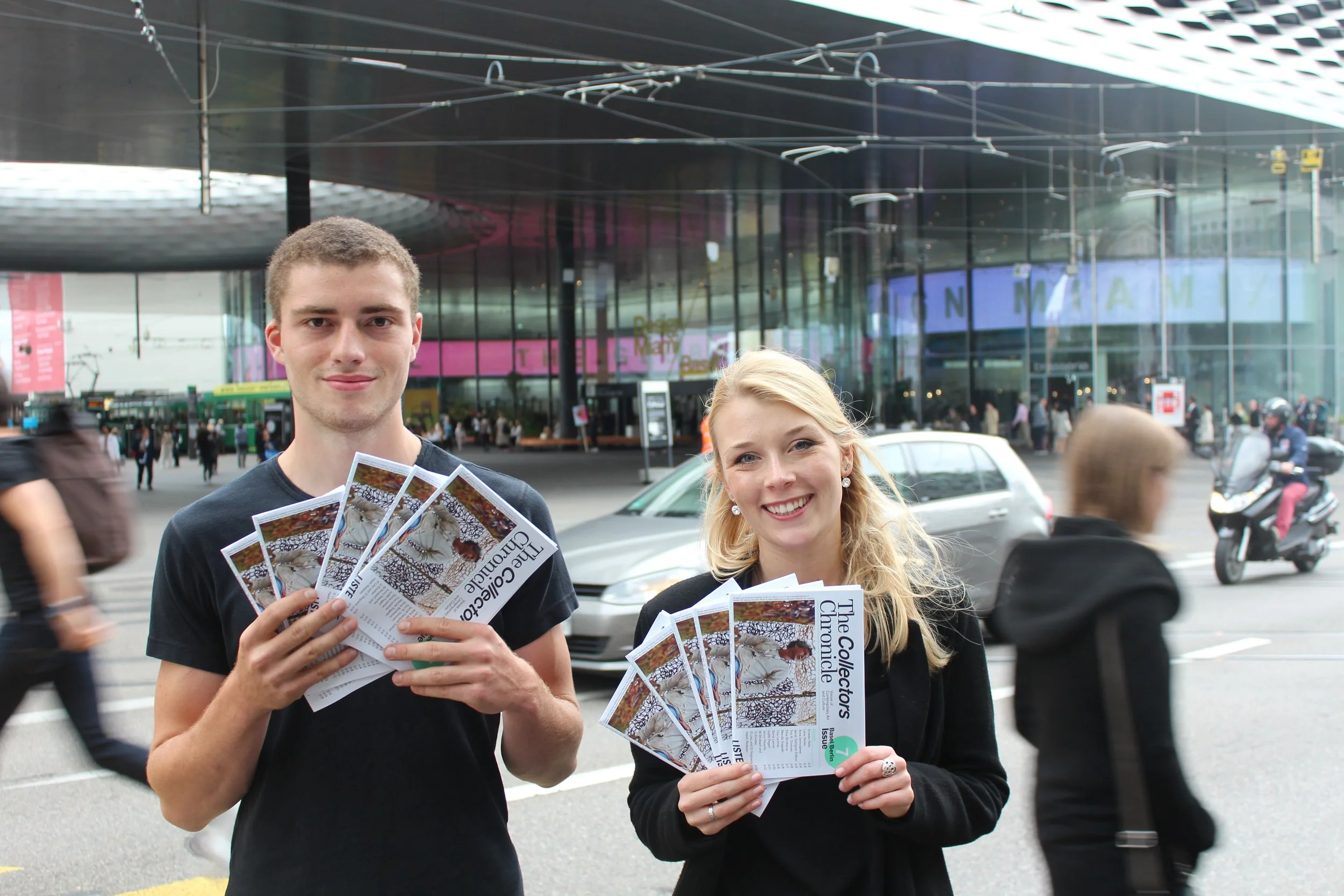VOLTA Voices| Florian Langhammer – Founder and Editor of Collectors Agenda
In this latest edition of VOLTA Voices we get to know Florian Langhammer, editor and founder of Collectors Agenda - a digital art platform, magazine and project space in Vienna. Focussing on the importance of broadening the reach of the art world beyond its inner circles, Collectors Agenda carves a space for the next generation of collectors to step into. Read on to find out about Florian’s work and the future of Collectors Agenda.
Florian Langhammer
Hello Florian - please can you introduce yourself and your role at Collectors Agenda?
I co-founded Collectors Agenda in Vienna, together with my partner Michael in late 2015. Though we are based in Austria, our profile and outreach as an art magazine is an international one. I work as editor in chief for the magazine and oversee media partnerships. In addition, I am in charge of our artist collaborations for our edition gallery and exhibition programme.
Collectors Agenda aims to open up the art collecting world to the next generation. Can we ask why you thought this was important?
It came out of our own experience. Having once been newcomers to the art scene ourselves, we recognised that the art world is good at raising barriers instead of including more people. In museums, even more so in galleries, you’d often get the sometimes frustrating experience of reading exhibition texts which give you the feeling that it’s curators talking to curators. We also noticed the high-brow attitude you often get from gallery staff who would not even look up if one enters a gallery which doesn’t welcome newcomers into the art world.
We felt that surely there must be more people like us who are interested in art but are finding the art world hard to access. We therefore made a conscious decision to make all editorial for Collectors Agenda avoid the typical art jargon and instead use a straight-forward, easy to read writing style without compromising on information value. We focus completely on studio interviews and the occasional collector story. We visit exciting artists directly in the studio to give our newcomer collector audience access to a space they may not normally gain.
In the studio, Haruko Maeda, Photography by Maximilian Pramatarov for ©️ Collectors Agenda
In the studio, Nick Oberthaler, Photography by Florian Langhammer for ©️ Collectors Agenda
Beyond sharing stories, how do you encourage first-time collectors?
We complement the editorial by entering into collaborations for limited editions and work series with some of the artists we have previously met in their studio, making them as affordable as possible for beginning collectors, while keeping them also attractive for more seasoned collectors. I often get the feedback from young collectors in their late twenties or early thirties that have just bought their first “real” artwork and made an investment into an original piece of art. It’s the best feedback you can get!
Have you got you own art collection? Who is in your collection and are there any artists you dream to have in your collection?
Yes, Michael and I are collecting ourselves. We started out with portraits and still lives, including works from Tobias Zielony, Wolfgang Tillmans, Norbert Bisky or Haruko Maeda, so quite independent of medium. In the meantime our collection, if you want to call it such, has developed into a lot of minimalist art from artists such as Nick Oberthaler or Jonny Niesche.
In the studio, Jonny Niesche. Photography by Hugh Stewart for ©️ Collectors Agenda
Through our editorial work with Collectors Agenda, we have obviously become friends with some of the artists we’ve met in the studio. Often it is these artists whom we then work with closer for an edition project which we exhibit in our project space in downtown Vienna. It is hard to resist in these case not to become your own best customer! A growing number of pieces in our own collection originate from our artist collaborations.
I would love to own an artwork by Kehinde Wiley, but I might have to wait a while for that to happen…
What do you think the role of Art Fairs is in the art collecting and buying economy?
Art fairs are an important institution that bring together an abundance of artistic positions in one place for a set period of time. No other format does this. And I cannot relate to some of the debate about art fairs becoming redundant and replaced by digital viewing rooms. People want the physical experience, the buzz, the excitement! After all, it is not exclusively about buying but about exchange and a sense of community.
In the studio, Norbert Bisky, Photography by Florian Langhammer for ©️ Collectors Agenda
Can we ask what your perceptions of VOLTA as a part of this economy?
VOLTA takes an important role in the landscape for art fairs in that it offers ambitious galleries ways of showcasing their artist base on a more international level. For art fair goers this implies a way of discovering emerging positions that would otherwise not be represented by the big fairs where a lot of name dropping is involved. Also, size is not everything. The smaller scale of VOLTA Basel in this years edition created a more intimate atmosphere in which collectors, galleries and artists were able to come together and connect.
What changes do you think have taken place over the last five years in collecting habits? And how do you think the future of art collecting will change?
It goes without saying that the art market has become more digital. Digital viewing spaces and art trading platforms are proliferating. The “market” seems to believe in them as some of these platforms are receiving an enormous amount of private equity funding. Whilst this is the case, not every investor behind these platforms knows the art scene well and believes in reaping quick profits. The question is which of these new digital art apps and platforms will leave a lasting impact? Some providers such as Artscapy are trying to constantly expand their offer, beyond just mediating art online on a commission basis, such as by offering art evaluation, the tracking of a collection’s value or by creating proof of provenance backed by the blockchain.
What’s obvious is that a new generation of collectors is emerging who are much more digitally connected. They are more tech-driven and comfortable to browse through art online, and particularly on Instagram. Instagram has become one of the most important, if not the most important platform for showcasing art for young collectors. For artists, Instagram is often the best way to profile themselves. The downside of Instagram is that some artworks are just a better fit by their visual impact than more conceptual or delicate works, so some artists get left behind.
I also see the traditional collector profile changing. If one could previously spot a wealthy collector it has changed altogether with a younger generation. Gallery staff should be prepared to make more time for people walking into their space who look like students or just simply don’t fit their expectations. He or she might well be one a new crypto millionaire….
From my own contact with young collectors I also see that there is an increasing interest to know the person behind the art and to see the art relate to their personal beliefs and values. Also I see a lot of young collectors wanting to support artist friends or young artists their own age. With Collectors Agenda we can contribute to this need by giving a voice to the people behind the art and creating more of a personal account of the artist rather than just the work itself.
For more information head to CollectorsAgenda.com and follow on Instagram @collectors_agenda






